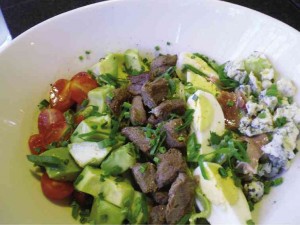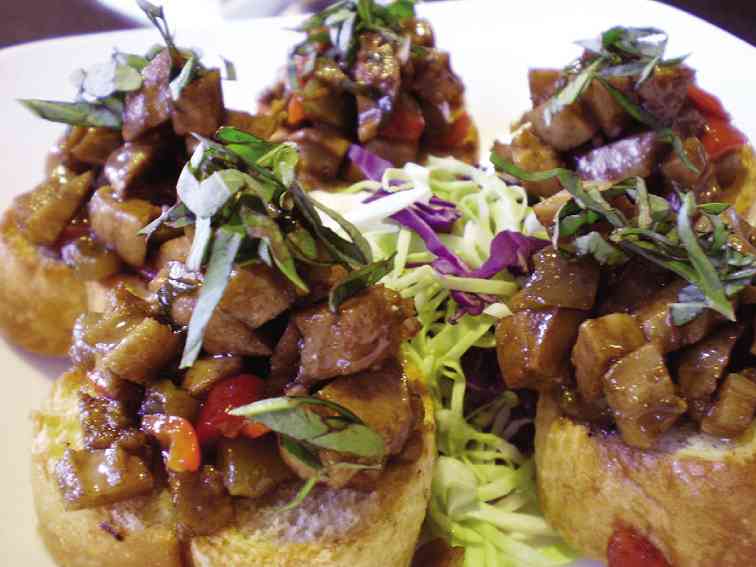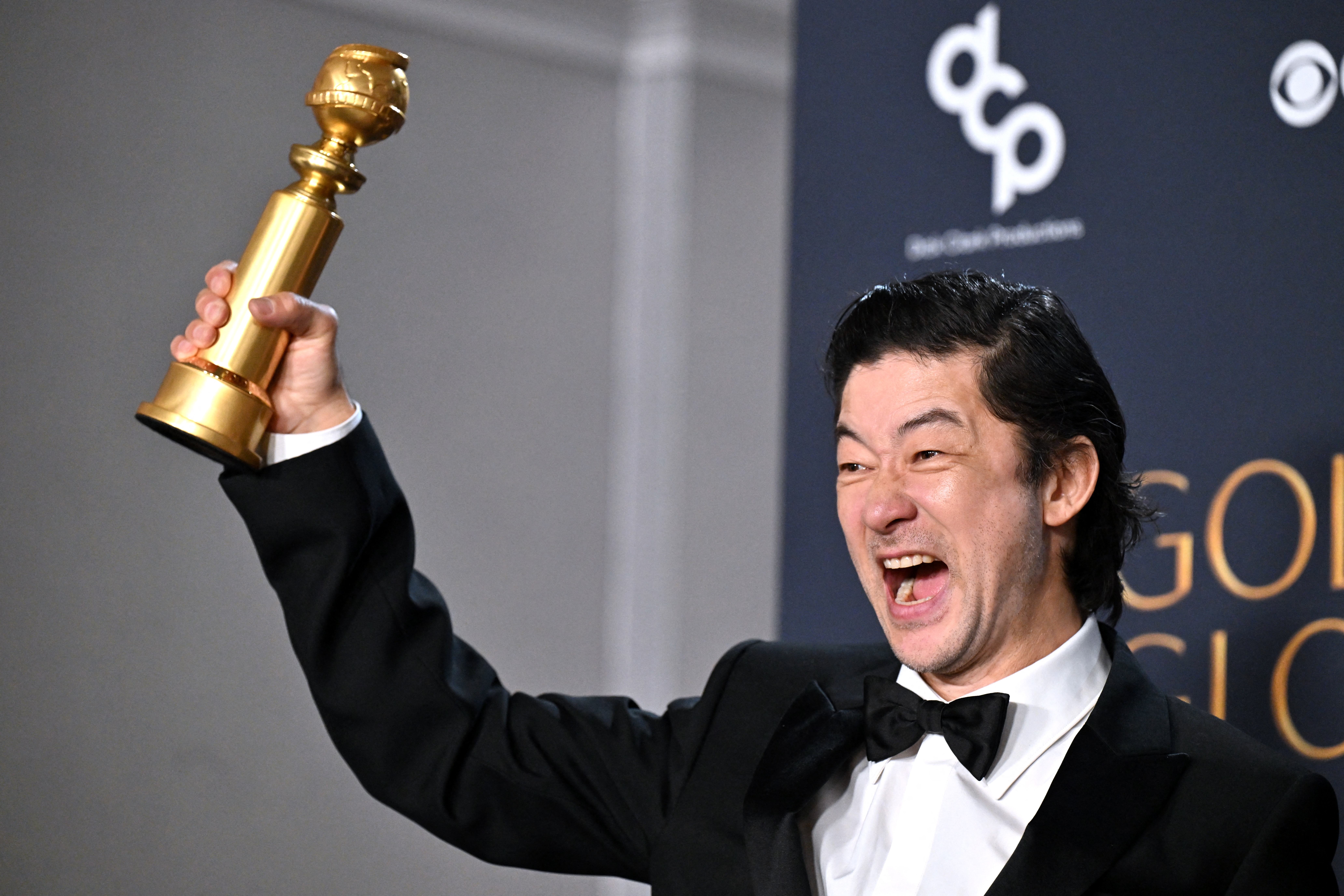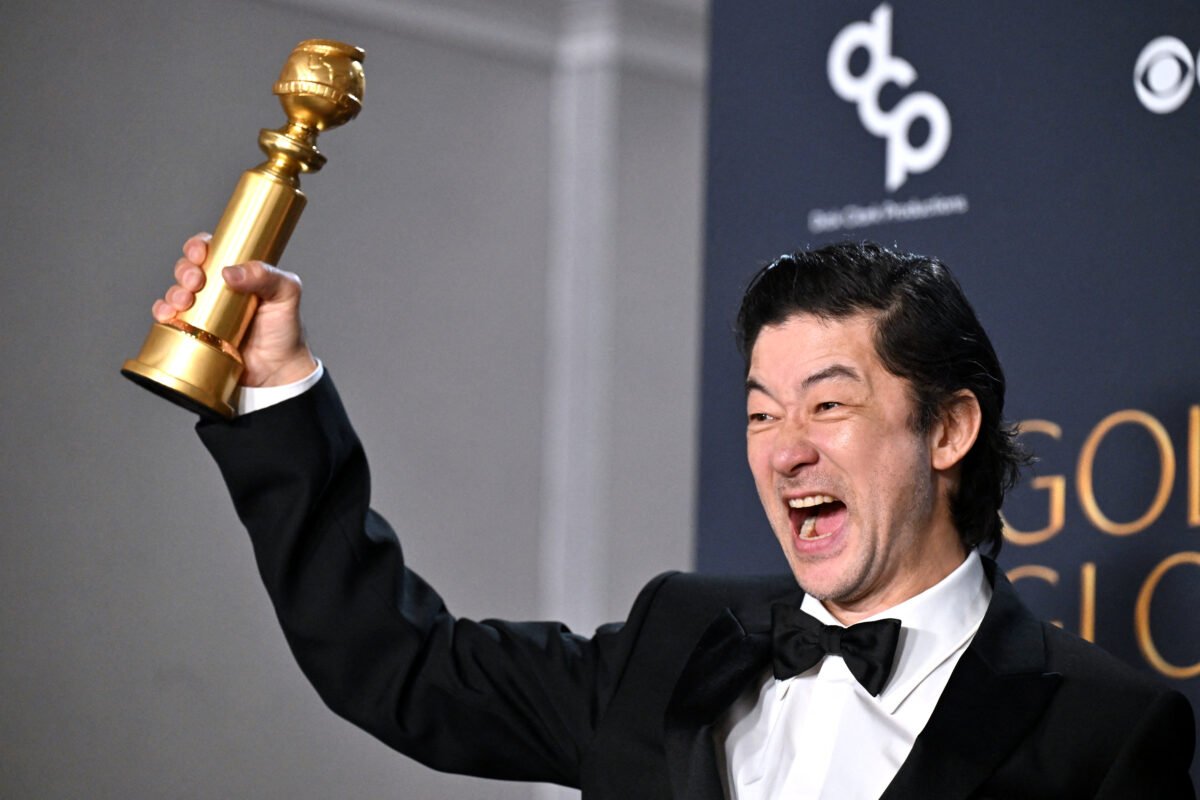
As I sweat on my chair even with the fan directed at my body, I dream of Baguio. Not the mountain city of long ago when one could still smell the pine trees and sweaters were worn regularly—but today’s Baguio with its traffic and population explosion and ancient pine trees that have lost their wonderful smell.
It was a wedding that brought me there recently. Thankfully, there still is a place where one can get away from the noise and the crowds.
We arrived relaxed, helped by traveling on a luxury bus complete with a “stewardess” who gave us snacks and bottled water and distributed newspapers and android pads to keep us entertained.
The express Victory Liner makes it to Baguio in five hours from Quezon City. It can travel nonstop because there is a toilet inside, though it requires good balance to use. Oh, we did stop once, because the driver had to go and I presumed he isn’t allowed to use the bus “CR.”
Short drive
It was a short drive to our hotel, Le Monet, located at Camp John Hay (074-6610201). This was to be home for three days and two nights. The beds are big, there is free WiFi, a balcony to enjoy the cool Baguio air, and a toilet that automatically flushes, plus a few other functions that I had no time to try and program.
That was quite suitable for our stay, but one must count the eating.
Because we didn’t have lunch that day, we were going to have one delayed by five hours after noon. We could have eaten a cow, which we almost did. My first time to eat at Le Monet was about a month before—a hefty lunch of different kinds of steaks presented by Robby Goco, the corporate chef whose other restaurant is Cyma. We were then at Malt Room Lounge and Steak House, and several cuts of meat made their way to our table.
Distinctions
Which, by the way, they did again at our 5 p.m. lunch. But the venue this time was Dinelli Gourmet Café.
For starters, there was bruschetta with several kinds of grilled sausages from the café’s deli. We thought we could have done with that because this Italian-style sandwich already

banished our hunger. But the Cobb Salad came, and even that had cubes of beef tenderloin with vegetables and fruits, bleu cheese, eggs and prosciutto. Now, that was filling.
But then the final meat came, a wet-aged USDA rib-eye. The classification means that the steak was aged inside a vacuum-sealed pack for a few days, in contrast to dry-aging, which has the beef hanging for several weeks in near-freezing temperature. As you can guess, the wet-aged retains its moisture even while tenderizing the meat.
I love knowing those distinctions while I’m eating my steak. It probably makes me less guilty about having all that meat in one sitting because I’m feeding my mind as well.
My only worry was that I wasn’t going to fit into my clothes for the wedding after all that.
Friendly company
For many of the guests, this was a chance to see Baguio again after a long time of avoiding the place because it’s no longer how we remembered it. Most of them got lost, went back to Camp John Hay after experiencing the traffic, and no longer knew how to get from Point A to Point B.
But they still thanked the bride and groom for giving them the opportunity to bask in the fog that moved in at night, and to enjoy the company of friends they hadn’t seen for ages.
The dinner was exemplary, another filling experience. Some of my friends, who saw me talk to chef Billie King the night before the wedding, thought I had something to do with that. I really just greeted him, and when he asked if I was going to be a guest at the wedding, I said yes. I don’t think that sufficiently scared him to do his best.
Many of my generation have complained how it has become a fashion to hold weddings so far away. I sometimes am one of them. But while this wedding set in Baguio required that we travel the day before the event and leave the day after, it was a rare occasion to share a table and break bread with friends before and after the reception dinner.
E-mail [email protected]













































